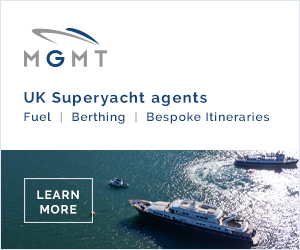Matt Hyde and Sam Wheaton, former yachties and Seahub founders, spoke to us about their biggest life after yachting challenges and leaving their desirable jobs onboard yachts to build Seahub into a leading planned maintenance software.
Having faced their own difficulties in transitioning from life onboard yachts to life ashore, Matt and Sam are able to share advice for aspiring maritime engineers and yacht crew seeking shoreside careers.
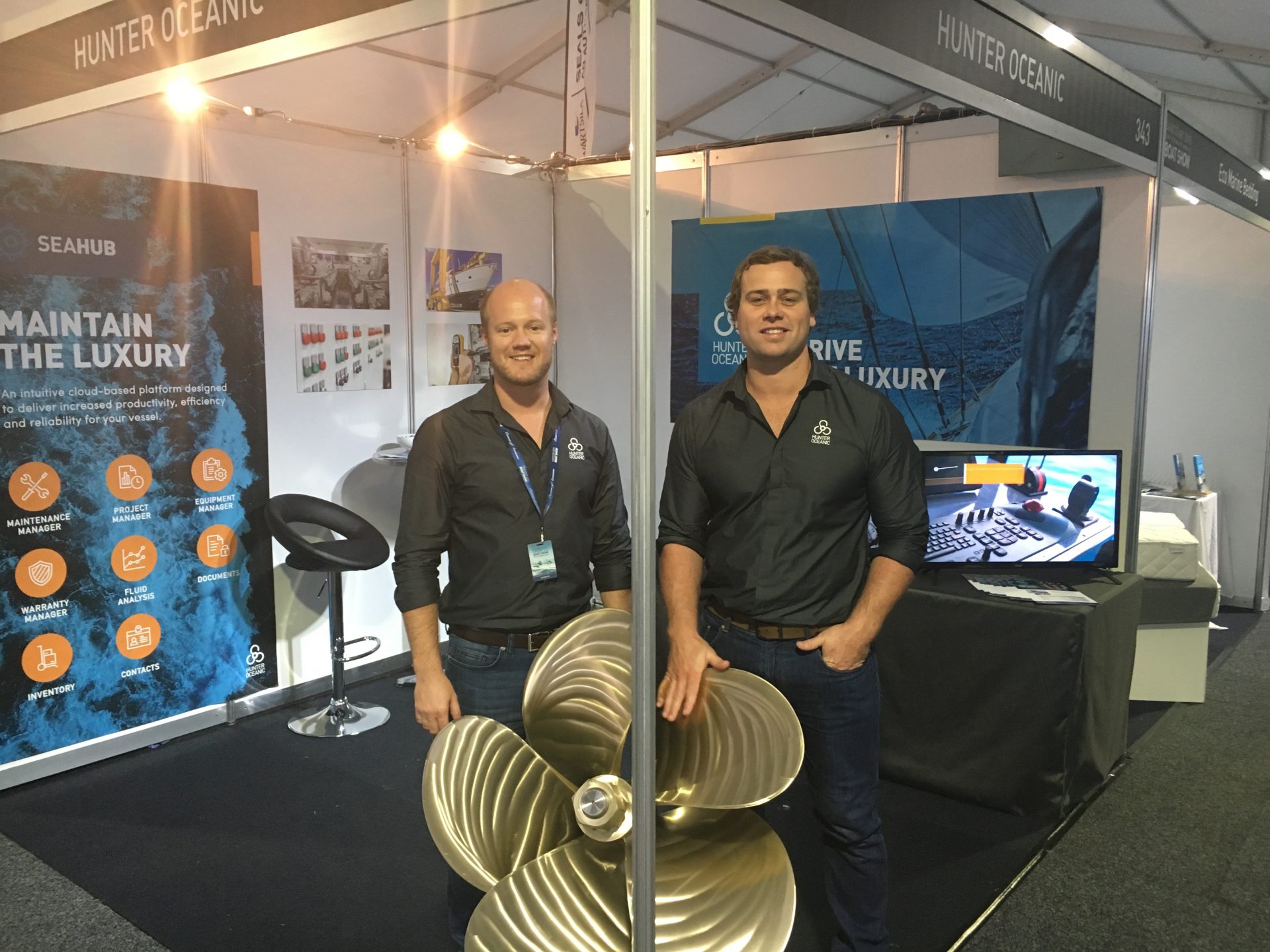
Matt Hyde and Sam Wheaton grew up in the same small country town of Tamworth, Australia. Ironically, 500 km from any ocean. They attended the same high school, then later ended up at the same University. Wheaton explains:
“We didn’t plan it but we ended up as roommates for two years while at college which meant we had seen the best (and worst) of each other. It was this background of knowing each other for as long as we have that was ultimately how we ended up in business together”
That business is engineering platform Seahub, born out of Hyde and Wheaton’s years of collective experience as engineers, and their desire to come up with a platform that facilitates a more efficient means of planning and tracking maintenance and compliance onboard.
How long did you work as crew members? What were your roles onboard, and which yachts did you work on?
Matt:
I worked onboard yachts for a total of 7 years after landing my first gig as a deck engineer onboard a 26m Azimut. I then worked onboard M/Y Pegasus V, as 4th engineer and then moved up to 3rd. After completing my Y4 exam, I took up a role with a new build at Christensen, where I worked as the sole engineer for the remainder of my yachting career.
Sam:
My career started in 2009 when I jumped onboard a 112’ Azimut in Puerto Rico as a sole engineer. I was wet behind the ears, and eager (perhaps too eager) – I walked straight on the deck with shoes covered in dirt. Since then, I have had some great engineering roles on boats such as M/Y Chasing Daylight and M/Y Odyssea. In total my career was close to 10 years, on and off.
When did you leave the Superyacht industry, and what were your reasons for leaving?
Matt:
I left in late 2015 and moved home to Australia to start working on Seahub. Leaving yacht life was always going to be a difficult decision. For me, staying in the industry was something I really wanted to do, however going land-based meant more time with the family and also the potential to start my own family.
Sam:
There was a year or two where I was still working a season a year then heading back to Australia to focus on the design and development of Seahub. There was no real force behind leaving the industry, instead, I wanted to form a business that allowed me to stay in the industry, just while having firmer roots on land.
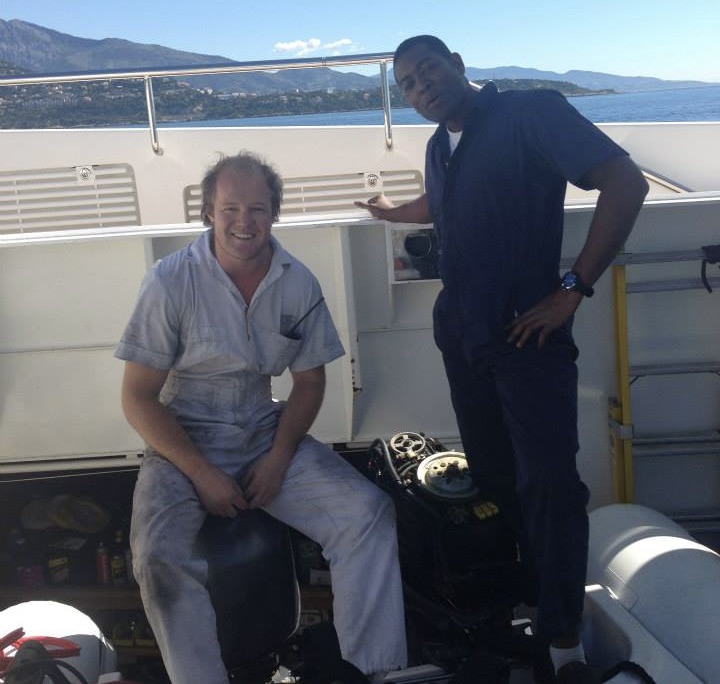
Prior to leaving, did you plan an exit strategy?
Matt:
Absolutely. The priority for me was to find a way to stay involved in the industry. Once Sam and I committed to the idea of a business, it became clearer what the exit strategy was – to go into the building phase of Seahub with enough capital to support its development. Also we needed to have enough understanding of the PMS landscape so we could develop the best possible platform.
Sam:
Matt and I would meet a few times a week at our favourite sports bar, talk sports, engineering disasters, and dream up ideas of how can we build a business and still be involved in yacht engineering and work with other crew. As time went on, our planning became more focused on improving how things were previously done and we landed on the software side of planning and documenting maintenance onboard.
Most important lesson you learnt as a crew member that you now apply to your life after yachting?
Matt:
The most important, I would say, is knowing that your role onboard is part of a much bigger team. I was always amazed at how the crew came together when we needed to. Everyone plays their part and that’s what I loved about it. Taking this back to life after yachting has all been about continuing to work hard, be determined and work with people in a way that creates a positive and encouraging work environment.
Sam:
A lot of good lessons were learnt. I have been lucky to spend time with some great owners who have been happy to share some of the lessons they have learnt in business. My advice for taking those lessons into life after yachting would be to listen to people, ask questions, take the time to understand where people are coming from and do what you say you are going to do.
What is your current job role, and where are you based?
Matt:
My current role is the Technical Director of Seahub. I primarily manage all technical aspects of the business from development to the data entry team and account setups. I am based in Newcastle (Australia) and have an awesome team of 4 with who I work daily.
Sam:
I am the Commercial Director of Seahub. The role itself covers everything from crew-facing demonstrations of the software to jumping onboard and crawling around engine rooms. I work out of West Palm and spend my weeks between Miami – Ft Lauderdale and West Palm. I have racked up more Brightline miles than the train drivers themselves!

Can you tell us more about Seahub and what inspired you to create this program?
Matt:
In short, Seahub is a management tool that supports the daily operations of all departments onboard. We had significant input from a number of Chief Engineers, Captains and Chief Officers to help build the system. Maintenance management was originally the cornerstone as it came most naturally to us. Since then the system has evolved into a ISM/SMS management platform as well as becoming capable of managing fleets of vessels. We work with everyone from commercial fishing vessels in New Zealand, dive boats in Hawaii to the biggest superyachts in the world. Sam and I spent twenty years dreaming up ideas and we found the perfect opportunity through yachting and our engineering backgrounds.
Sam:
The inspiration behind its development stemmed from Matt and I being brutally honest with each other about how our jobs were going onboard. We weren’t getting value out of the systems that were being pushed onto us. We found them to require more time and attention to stay on top of than our most troubling engineering problems, which was driving us mad.
Tell us the good, the bad and the ugly parts of transitioning from an engineer to an entrepreneur:
Matt:
Be prepared to not receive charter tips as an up-and-coming entrepreneur! Do research on how much financing you need to have stored away to start a new business. Stay in the industry until you have what you need. Be prepared for some hardship, be prepared for things not going to plan. Yachting is good practice for this!
“What you get out of a business is what you put in”
You might need to improvise and change directions but that’s also the most appealing part of entrepreneurship. What you get out of a business is what you put in. We put everything into Seahub from years of hard-earned cash, most weekends behind a laptop, and late nights on calls in different time zones. But ultimately the enjoyment we get out of what we do now makes those seem insignificant.
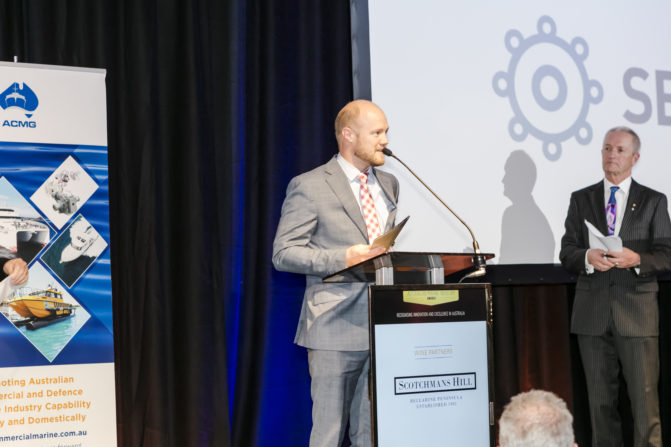
Sam:
It’s a challenging transition out of the industry to any new role. We all have friends who have ‘retired’ only to pop up in the med somewhere on a new boat. Starting your own business makes life easier because you have some ‘skin’ in the game, and it isn’t as easy to just revert back to your previous career. Instead of money coming in – it’s actually going out. Instead of having a plan told to you, you have to come up with the plan. It’s these little things that all create pressure and uncertainty which you need to be comfortable with if you are going to transition to any career after yachting. The best feeling is when you start to see the pieces come together.
Read More: Life After Yachting: Mark Linne, From Diving Nomad To Global Services
What is the hardest struggle you have faced since leaving the industry, and how did you overcome it?
Matt:
The financial adjustment is a big one. On top of that, starting your own business might mean working part-time jobs to stay afloat. There were difficult decisions and adjustments that needed to be made, but accepting these changes and working alongside a good mate that I trusted got me through it.
Sam:
Grass is greener syndrome, seeing old colleagues doing the things you love and wondering if you had made the right decision. The only way to overcome that is to be committed and completely buy into what pursuit you are working on. In our case, Seahub was just the right mix of engineering, travel and working with a crew.
Did you have any other career options in the back of your mind when you were considering your life after yachting?
Matt:
None. My previous career was as a civil engineer working in Australia. I had spent four years studying civil engineering only to arrive there and realise I didn’t really enjoy it. I always said to myself I wouldn’t go back to that career, so Seahub had to work and was the only option I had planned. In hindsight, that pressure was probably a good thing.
“There was no plan B and I’m glad there wasn’t”
Sam:
It was a case of all of my eggs in one basket. There was no plan B and I’m glad there wasn’t because it might have taken away from the commitment that was needed to get Seahub running. That said, I would be lying if I said I haven’t thought about becoming a fishing guide in Kona a few times.
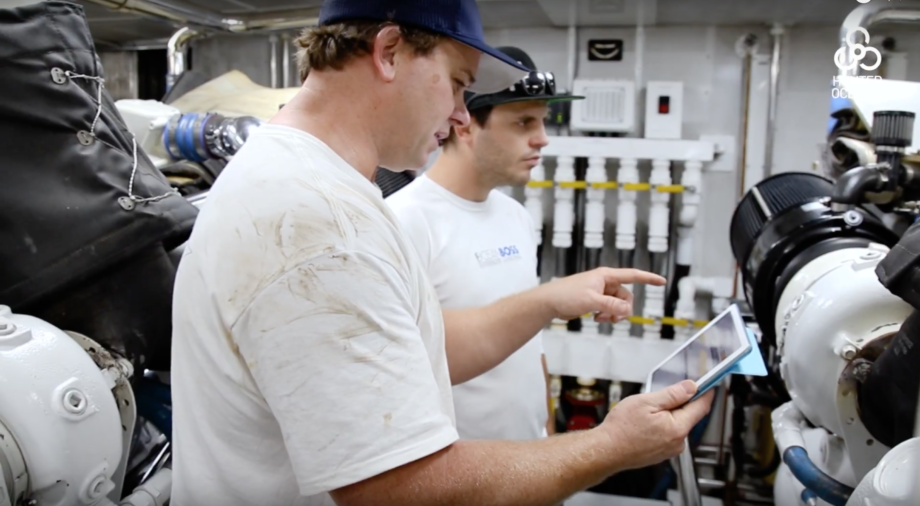
If you could go back to the start of your yachting career, would you change anything? Ie, financial choices, ways you would have enhanced your cv, extra courses, and so on…
Matt:
One of the areas I would have enhanced was my knowledge of electrical systems. Although the AEC is a great introductory course, I feel that a basic electrical course would have been really helpful as this was an area completely out of my comfort zone. MTU also offer a highly regarded engine course which I would have done if I could go back in time.
Sam:
Early on I was too keen on advancing my career by leaving and joining new programs. I was fixated on bigger boats, more chartering and different itineraries. I feel I left a lot of great opportunities and I wish I had spent more time there and advanced my career that way.
What kind of positive changes would you like to see in the industry?
Matt:
I think everyone deserves an opportunity. Many take a significant financial risk in the form of doing courses and spend days walking docks trying to get a chance. The reality is, some don’t get that opportunity and bail on their plans.
I believe the industry could benefit from a graduate program where highly motivated ‘green’ crew could secure their first opportunity onboard so they can get some hands-on experience and improve their employability.
“The impact a positive mentor can have on a young engineer is immense”
Sam:
I think there’s a lot of room for supporting junior crew. The impact a positive mentor can have on a young crew member is immense. There are so many routes to success and tough lessons along the way that if some of these can be shared early on, it can make a profound difference.
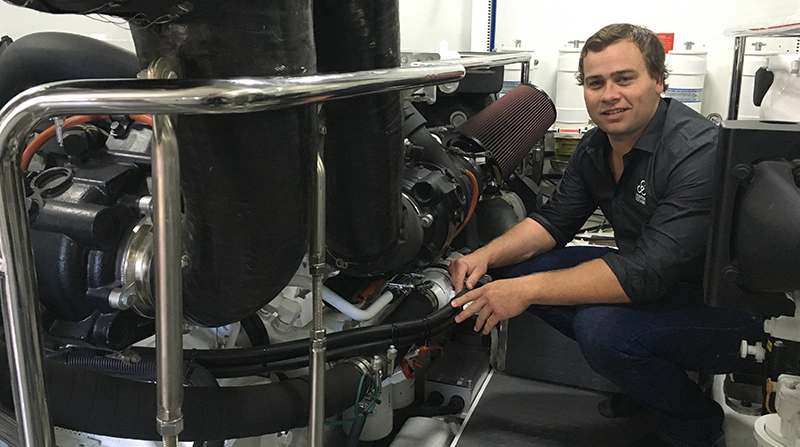
What does success mean to you and what is your vision for Seahub for the next five years?
Matt:
Success for me is a place where we can work hard as a team, and continue to be involved with yachts around the world while also getting better at mastering the art of the work/life balance. We are also gunning for stronger relationships with fleet managers and shore support. Watch this space!
Sam:
As long as we grow the system and can keep the lights on, we will chalk that up as a success. Five years from now, we would love to keep employing ex-yacht crew looking to go land-based and be the one and only company crew think of when they consider a management system onboard.
Lastly, can you share 3 pieces of advice for crew members thinking about their life after yachting.
Matt:
- Don’t get blinded by the dollar and cents reality of life after yachting. Quality of life and happiness come from a lot of different sources that you may have never known while you were working as a crew member.
- Don’t leave the industry until you make a solid plan. If you really want to leave and create a great life after yachting, then you need to plan what you are going to do first.
- The fun and good experiences do not stop once you get off the boat! Some of my best experiences were in yachting. But now I’m married and have a family, fun comes from a new place.
Sam:
- Go big. Now is the best time to have a go at starting your own business or your dream job.
Yachting opens a lot of doors. Put yourself out there and you will be amazed at how employers look at the work of yacht crew. - Immerse yourself into your city, town or community. Be active, take on new hobbies and do the things you enjoy that previously were hard to do while onboard.
- Enjoy your morning coffee in peace and that full-sized bed.


.gif)











.gif)




